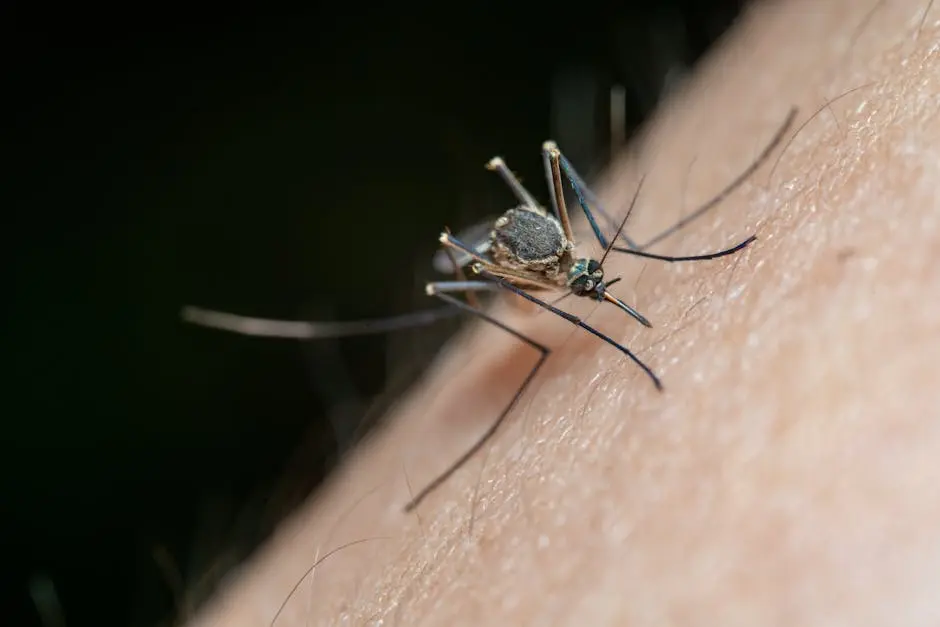
Insects can be a nuisance, but controlling them doesn’t have to involve harmful chemicals or expensive treatments. In this blog, we’ll explore some effective DIY methods to manage insects in your home and garden using simple, natural solutions.
Identify the Insect Problem
Understanding which insects you’re dealing with is the first step in effective control. Observe the type of insects, their behaviors, and where they’re located.
Take notes on when and where you’ve spotted these insects. This information can provide clues to their breeding cycles and entry points, making it easier to target your control efforts.
Once you’ve identified the insects, research a bit about their habits and preferences. For instance, ants thrive on food scraps, while flies are attracted to moisture. This knowledge empowers you to tackle the problem where it starts.
Create Natural Repellents
Using essential oils, vinegar, and citrus peels, you can create repellents that deter insects without harsh chemicals. For example, peppermint oil is known to repel spiders and ants.
Simply mix a few drops of your chosen essential oil with water in a spray bottle and spritz around areas where insects are known to linger. This method is not only effective but also leaves your home smelling delightful!
Vinegar is another wonder that can be utilized as a natural insect repellent. Mix equal parts of vinegar and water and spray it in areas of high pest activity. They’ll be sure to find a new home!
You can also use citrus peels. Simply save your orange or lemon peels and place them around your home or garden. The strong scent repels many unwanted insects.
Set Up Traps
Simple traps made from common household items can help catch insects. For example, sticky traps or homemade bait can reduce populations effectively.
One effective trap involves using a bowl of soapy water placed under a light source. This method attracts flying insects, which then get trapped in the water. It’s a simple yet effective way to minimize the pest problem.
Another DIY trap can be created using a mixture of sugar and yeast in a plastic bottle. This concoction attracts fruit flies and other pests, effectively reducing their numbers.
When setting traps, remember to place them in areas where you’ve noticed high insect activity. Keeping an eye on your traps will help you know when to refresh your bait or relocate the traps.
Maintain Cleanliness
Regular cleaning is crucial in preventing insect infestations. Make sure to keep food stored properly and eliminate standing water.
In the kitchen, promptly clean up crumbs and spills, as these are attractive to pests. Use airtight containers for food storage to keep them secure from inquisitive critters.
Additionally, check for leaking faucets or pipes that may be creating damp areas, giving insects a perfect breeding ground. A dry, clean home is less inviting to pests.
It’s also important to regularly remove clutter, both inside and outside. Piles of debris can provide shelter for insects, so a tidy space inhibits their choice of residence in your home.
Encourage Beneficial Insects
Attracting beneficial insects like ladybugs and spiders can help control pest populations naturally. Planting certain flowers can draw these helpers to your garden.
Flowers such as marigolds and sunflowers are not only beautiful but also serve to attract insects that prey on common pests. Additionally, planting herbs like basil and mint can repel unwanted visitors while inviting beneficial ones.
Creating a habitat conducive to beneficial insects can include leaving small patches of wildflowers or allowing some plant debris to remain, providing shelter for these allies.
Remember, fostering a balanced ecosystem in your garden will discourage harmful bugs while supporting those that benefit your plants.
Wrap Up Your Insect Control Journey
By adopting these DIY insect control methods, you can protect your space from pests while being kind to the environment. Remember, consistency is key, and sometimes a combination of methods, like using Scatter’s DIY pro-grade pest control kit, works best!




